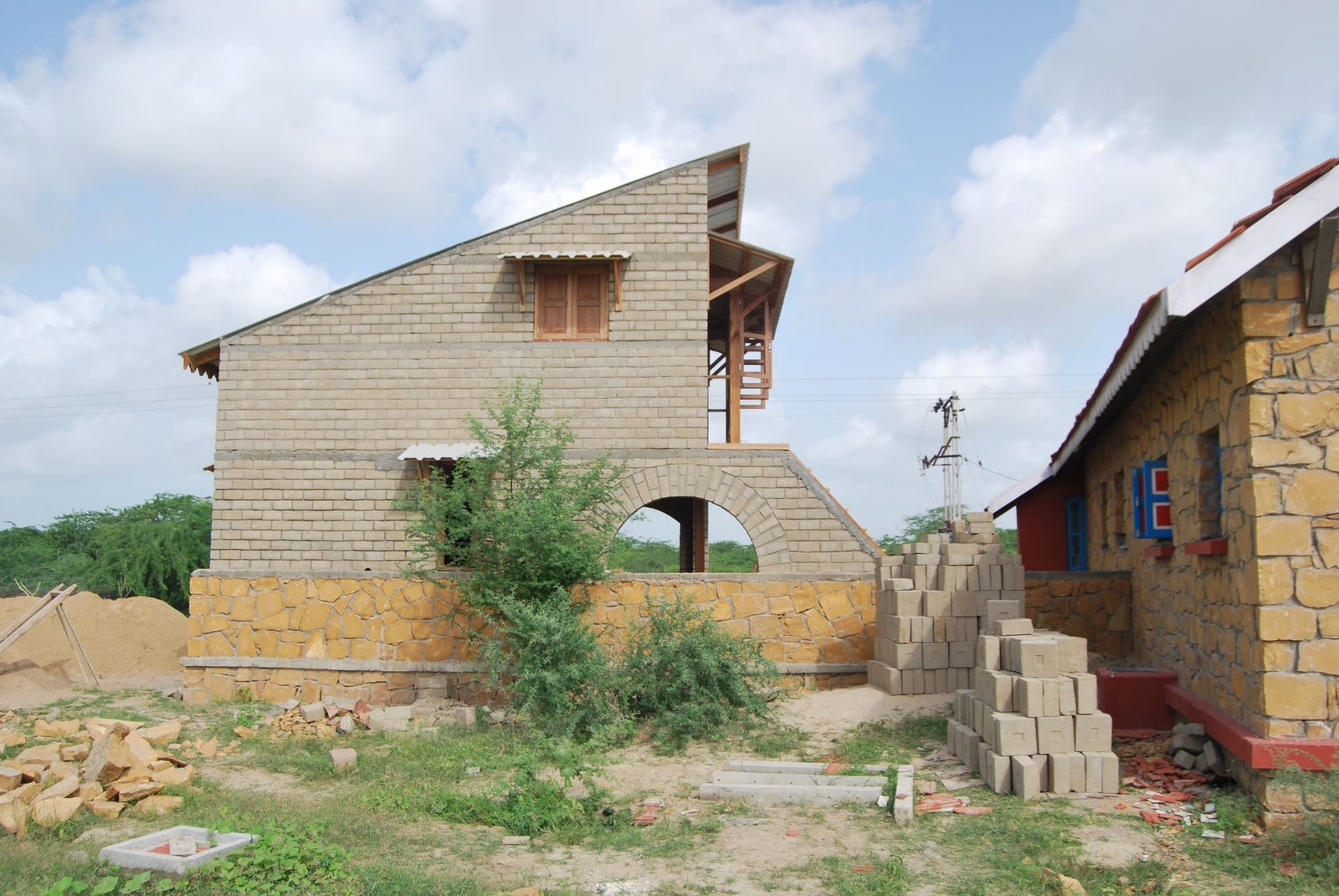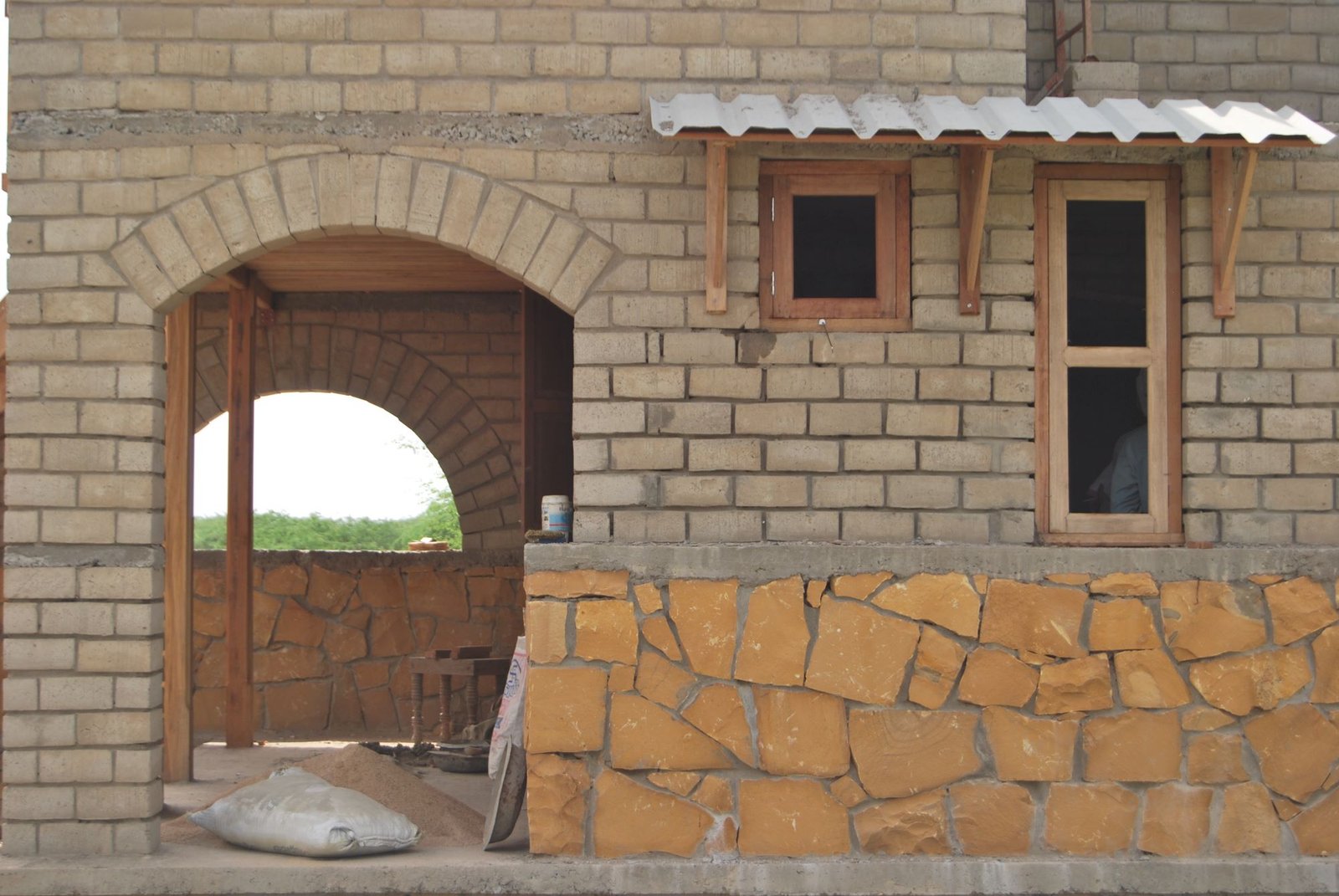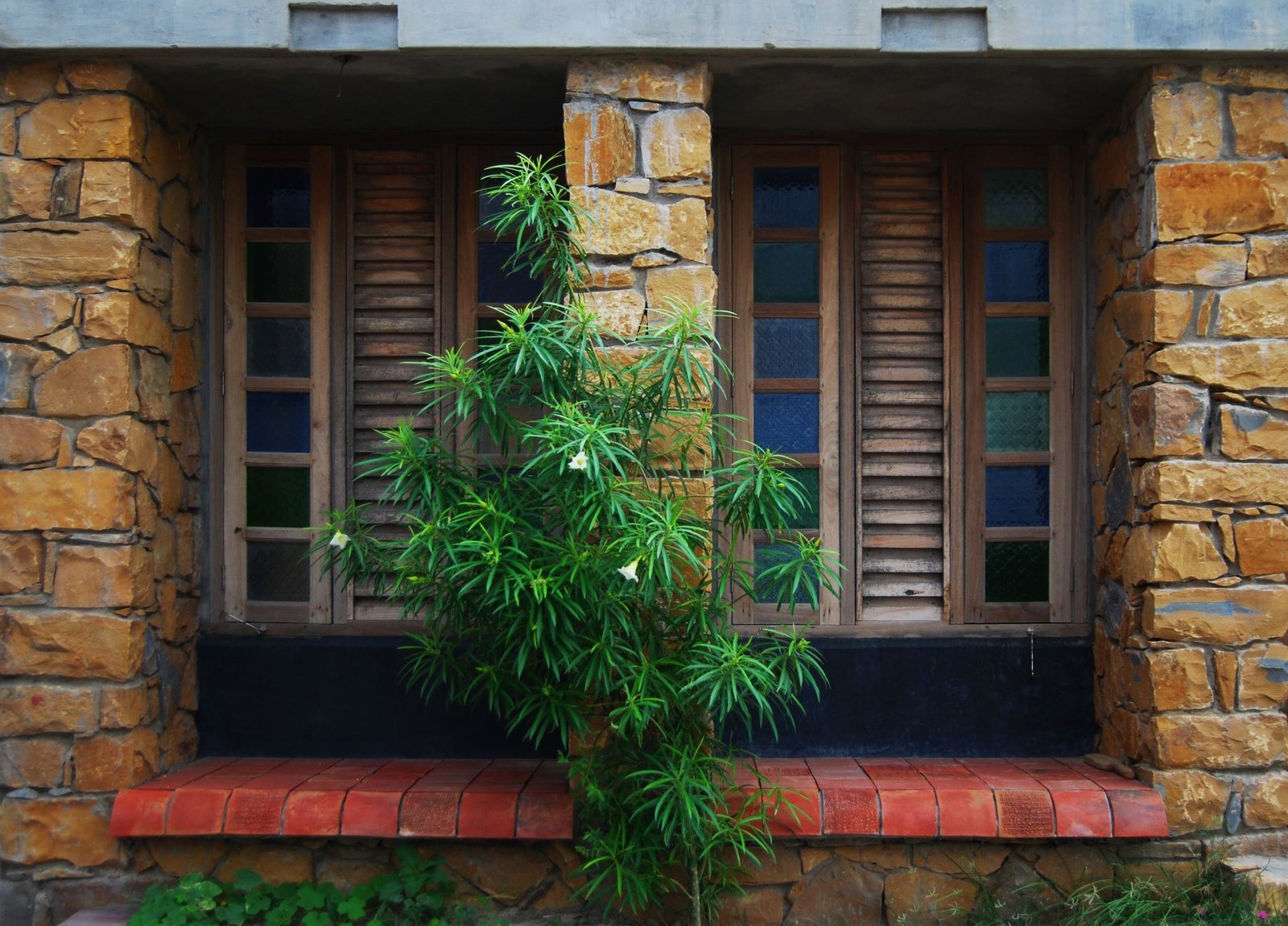
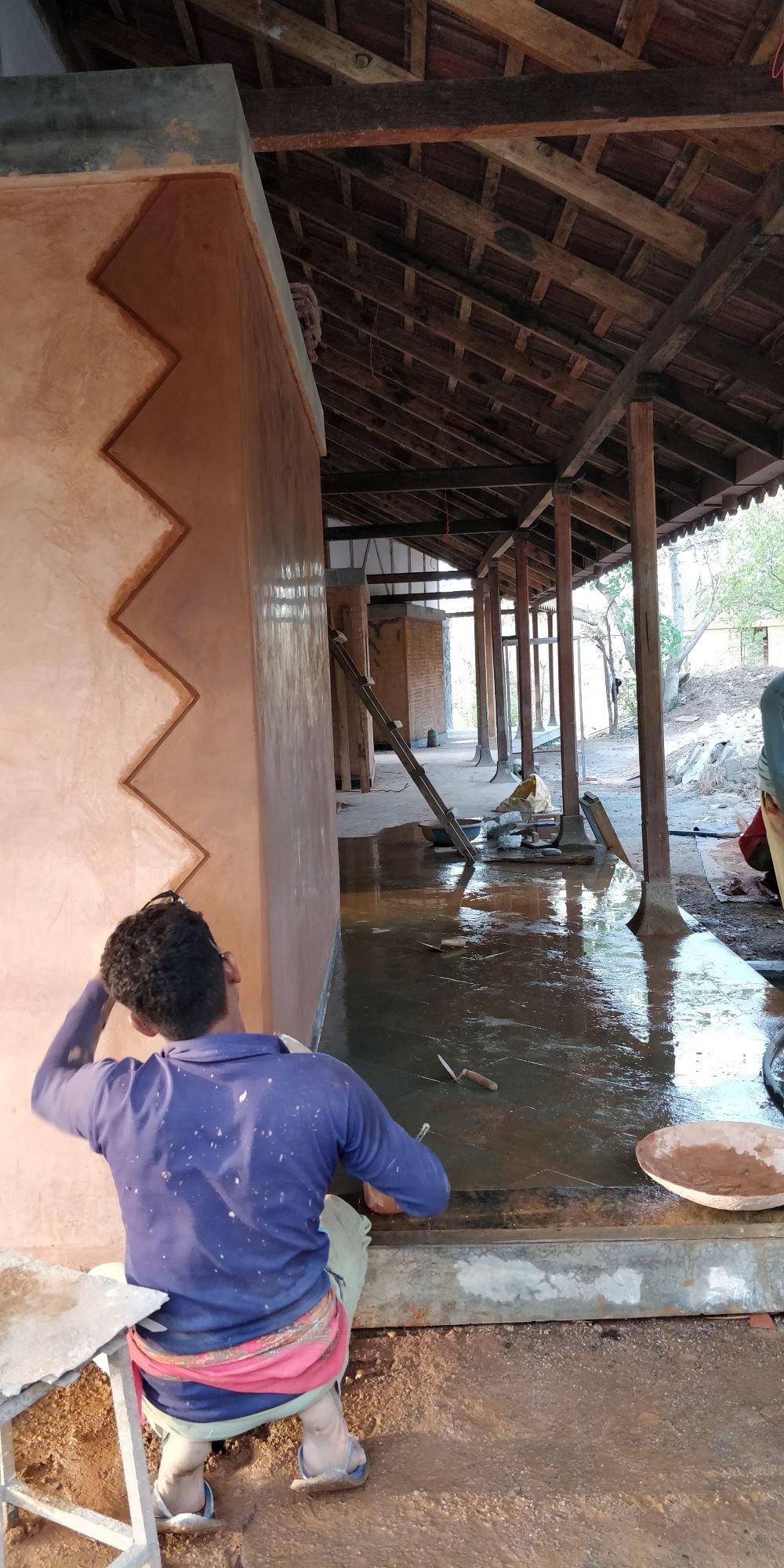

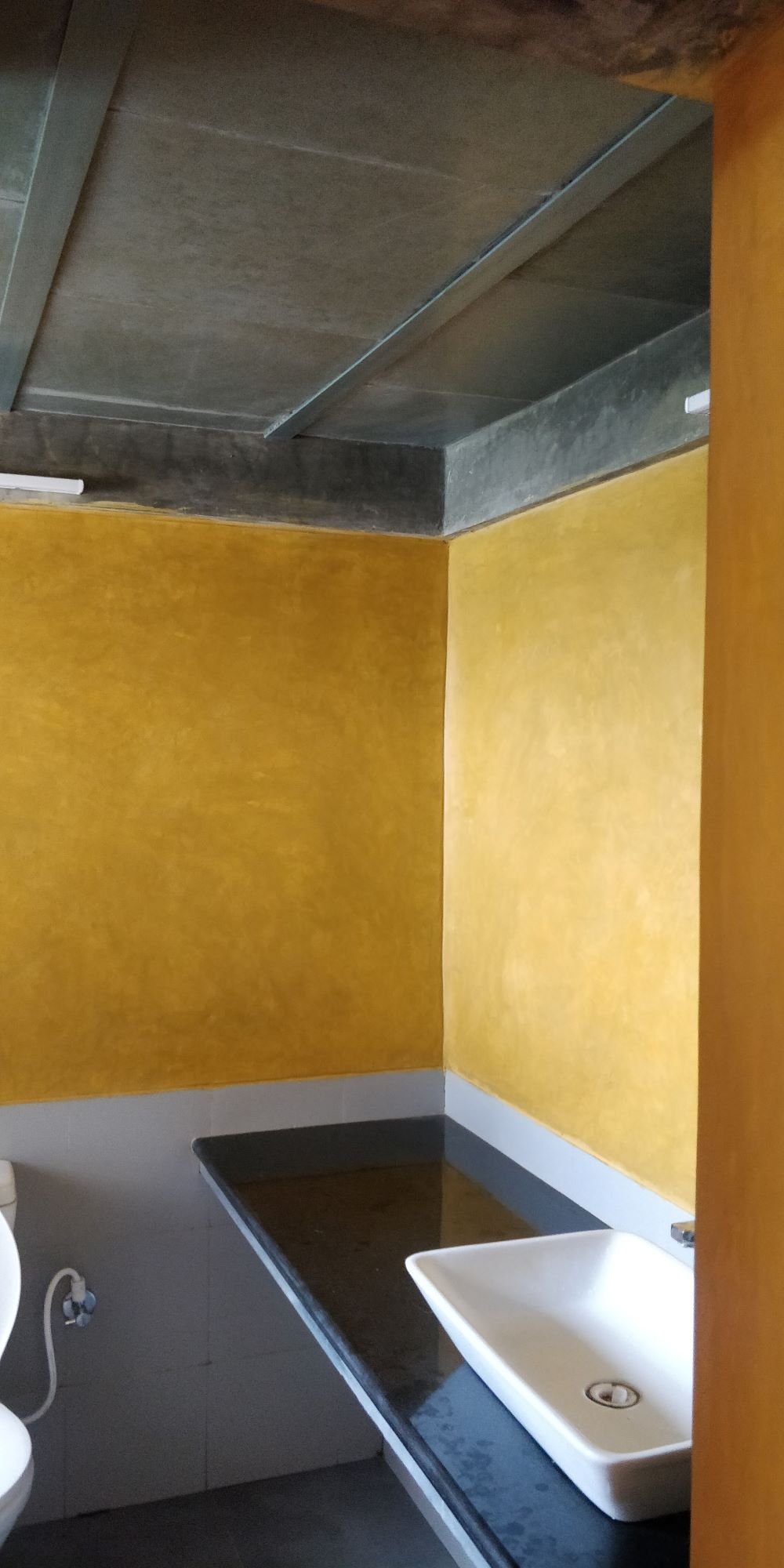
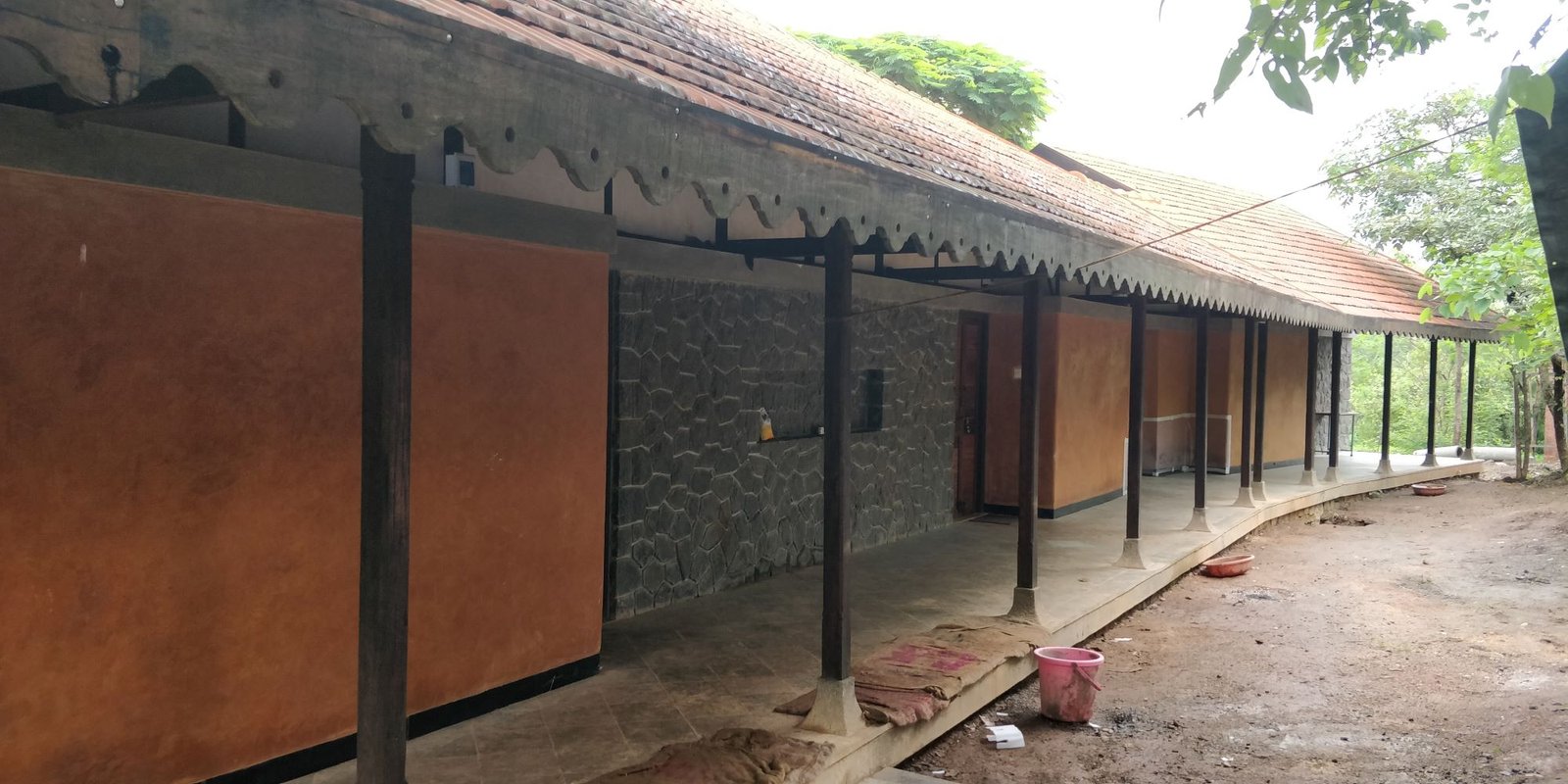
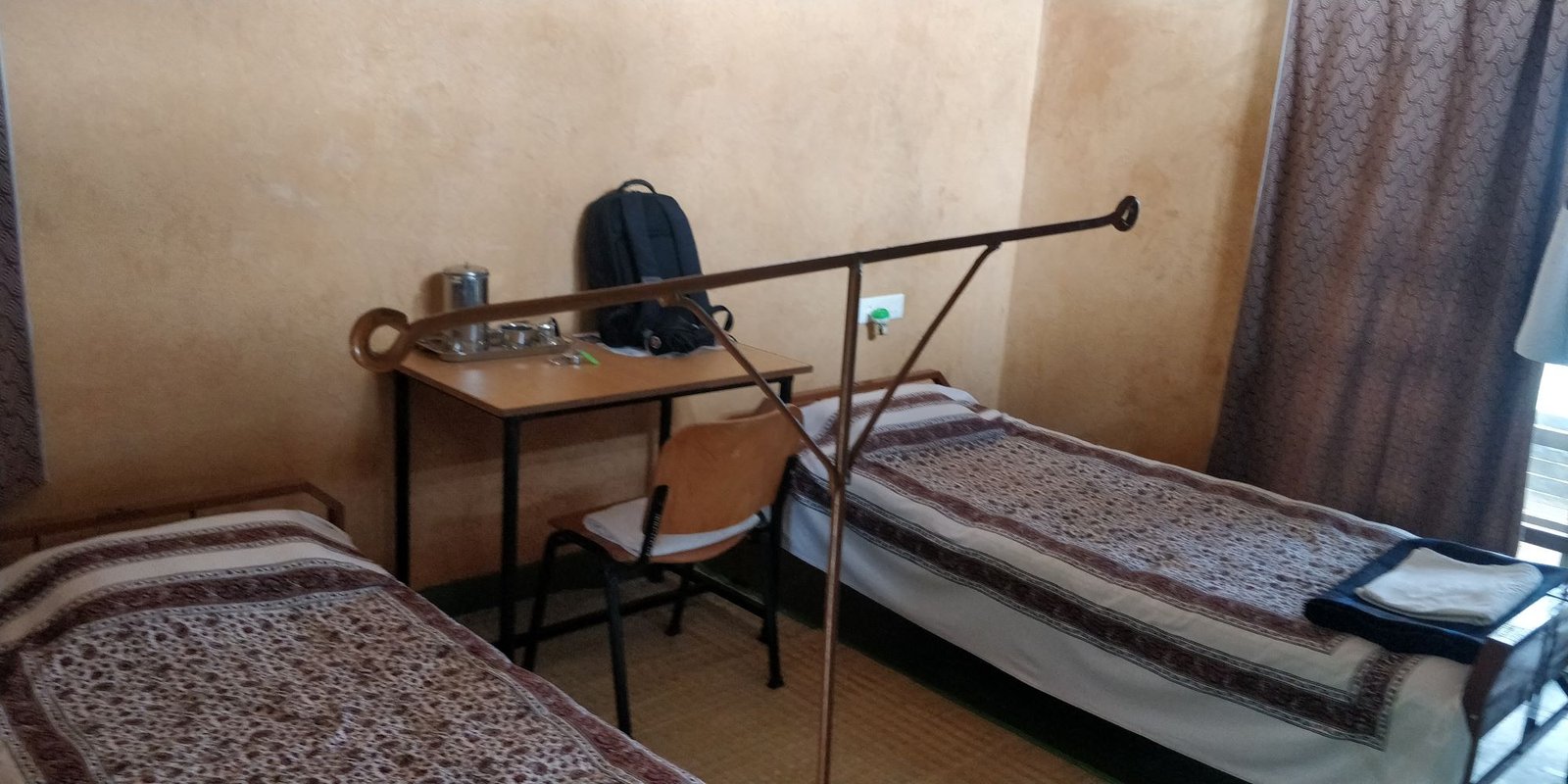
Why earthen plasters and floors
- Building with earth is one way to help us deepen our connection with our homes. The unique aesthetic it offers reminds us of the larger Earth outside our door. It’s also a technique that leaves a light footprint on the environment and doesn’t bring a lot of toxic junk indoors.
- Earth plasters and floors are both dynamic and timeless. They can be used to create the most exquisite, contemporary, fine finishes, but are equally at home in rustic, ‘organic’ and traditional environments.
- Clay is an intelligent and chemically complex material. Yet at the same time it produces a finish that is easy to handle, and safe and simple to use. Capable of being applied in many different situations, the use of earth in buildings could make a very significant contribution to creating structures that are healthy, long-lasting, and which tread gently on the planet.
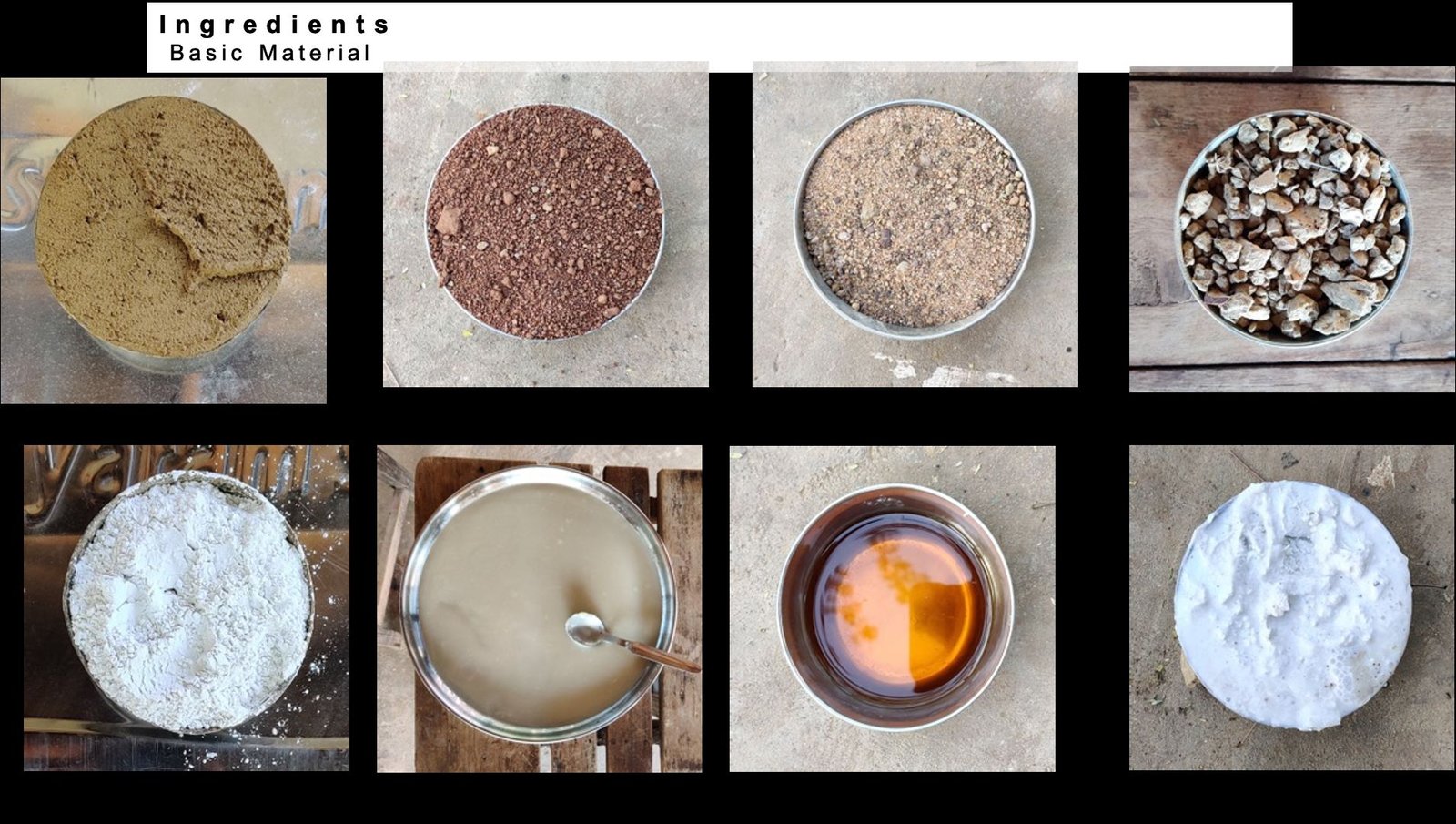


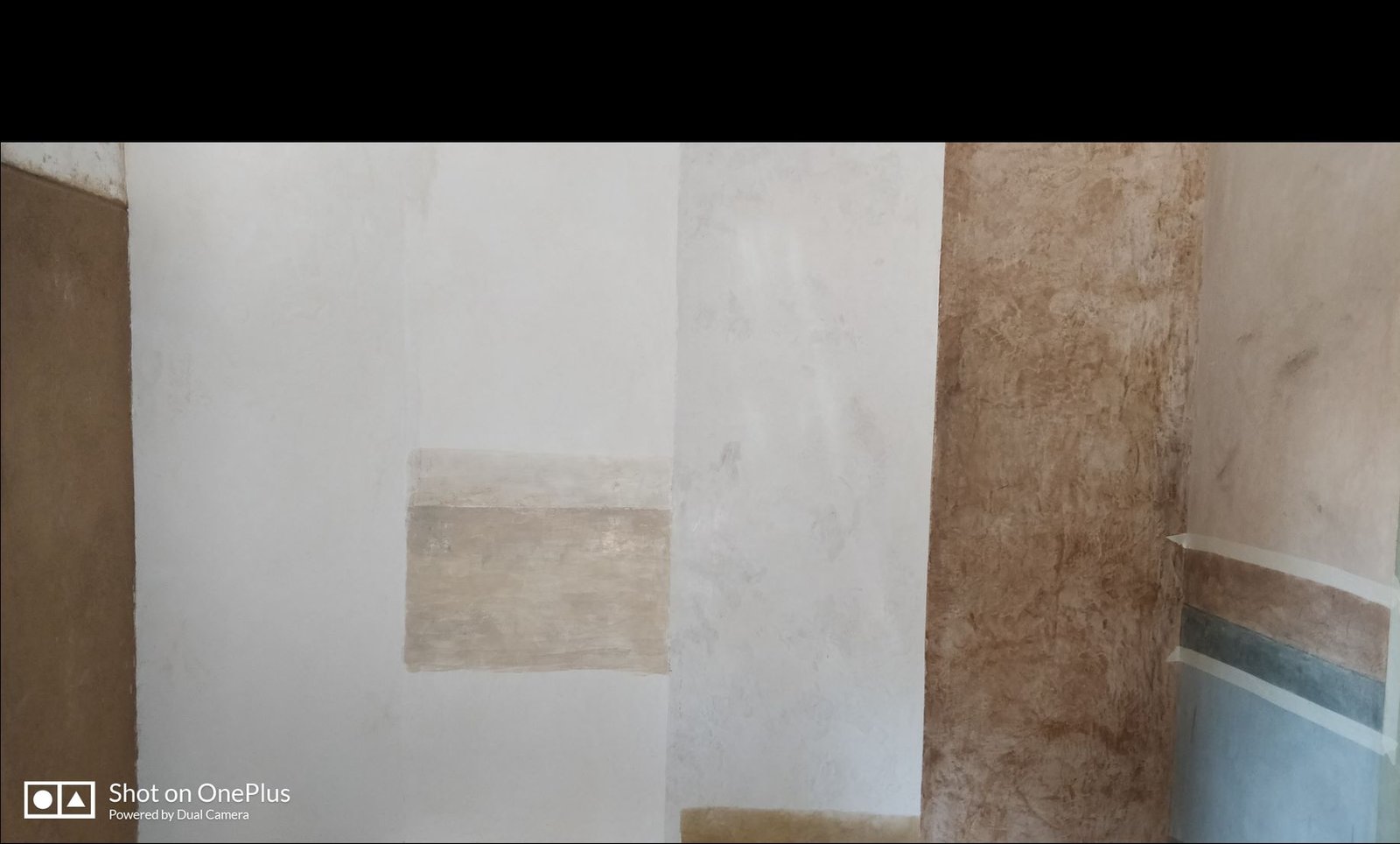
Benefit for healthy life
- They are porous, which means that they allow a building structure to breathe, so that it can act like a third skin around the building and its inhabitants.
- Earth plasters also have a thirst for moisture. This means that they can function to regulate levels of relative humidity in the atmosphere. They can safely absorb and hold moisture vapour within their molecular structure when relative humidity levels are high, and then release it back into the atmosphere when relative humidity levels drop.
- They are soft to the eye, and can moderate temperature swings, making walls feel warm in winter and cool in summer. They also work acoustically to soften and round off sound, making them conducive to creating peaceful, calm spaces
- Providing good quality internal air for the inhabitants, this mechanism also serves to protect the building fabric from moisture.
- Earth plasters are now also being used in museums and galleries because of these characteristics, to regulate humidity and hence help to protect old and new works of art. An example of this is the Museum Kuppersmühle in Germany.




